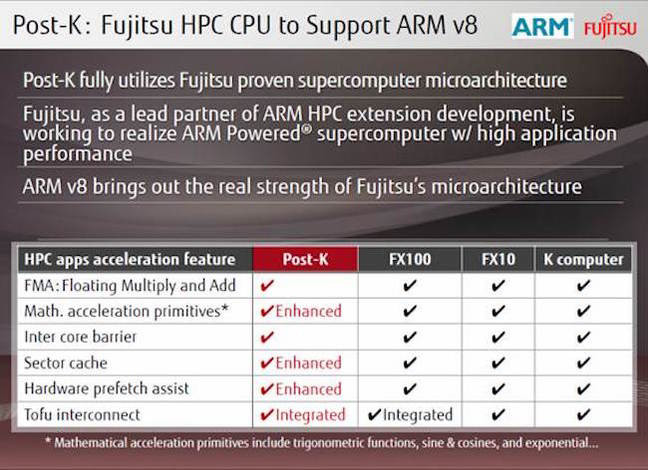There’s been some news recently about Sunway TaihuLight supercomputer which nows top the list of the 500 fastest super computers with 93 PFLOPS achieved with Linpack, and is comprised of 40,960 Sunway SW26010 260 core “ShenWei” processors designed in China. But another interesting development is that ARMv8 are also slowly coming to supercomputers, starting with TianHe-2 super computer which is currently using Intel Xeon & Xeon Phi processors and second in the list, but according to a report on Vrworld, the US government decided to block US companies’ sales (i.e. Intel and AMD) to China as they were not at the top anymore, and also blocked Chinese investments into Intel and AMD, so the Chinese government decided to do it on their own, and are currently adding Phytium Mars 64-core 64-bit ARM processors to expand TianHe-2 processing power. Once the upgrade is complete Tianhe-2 should have 32,000 Xeons (as currently), 32,000 ShenWei processor, and 96,000 Phytium accelerator cards delivering up to 300 PFLOPS.

One other report on The Register explains that the next generation of K-Computer, currently using Fujitsu SPARC64 processor, will instead feature Fujitsu ARMv8 processors in Post-K super computer in 2020 delivering up to 1000 PFLOPS (or 1 Exa FLOPS). Details are sparse right now, but we do know Fujissu “has optimized the processor’s design to accelerate math, and squeeze the most of the die caches, hardware prefetcher and its Tofu interconnect”.
More details will likely be offered during “Towards Extreme-Scale Weather/Climate Simulation: The Post K Supercomputer & Our Challenges” presentation at ISC 2016 in Frankfurt, Germany later today.
Thanks to Sanders and Nicolas.

Jean-Luc started CNX Software in 2010 as a part-time endeavor, before quitting his job as a software engineering manager, and starting to write daily news, and reviews full time later in 2011.
Support CNX Software! Donate via cryptocurrencies, become a Patron on Patreon, or purchase goods on Amazon or Aliexpress





